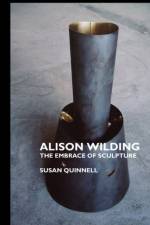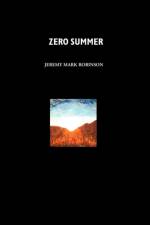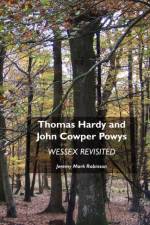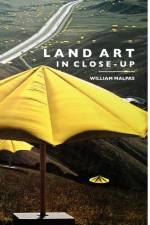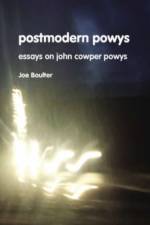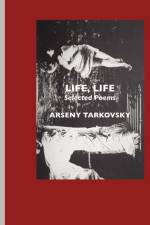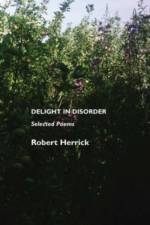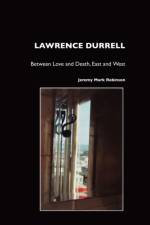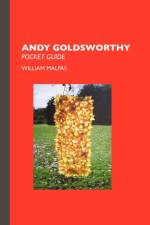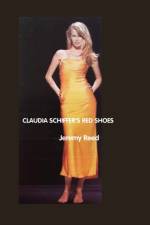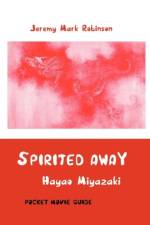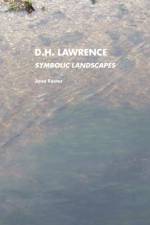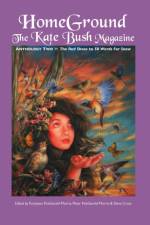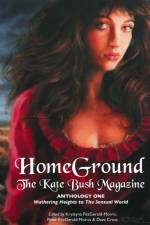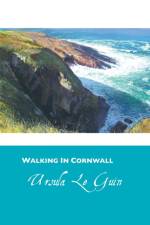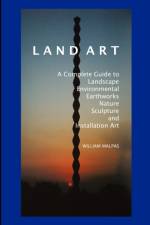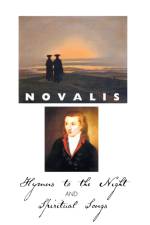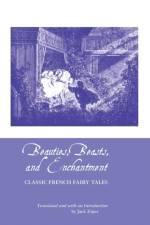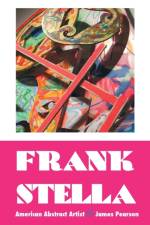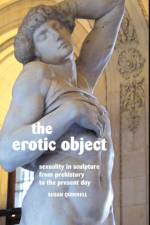- Selected Poems
av Robert Herrick
167
ROBERT HERRICK: SELECTED POEMS ROBERT HERRICK (1591-1674) was one of the Cavalier poets (other Cavalier poets included Suckling, Carew and Lovelace). He was born in London and lived much of his life in the rough remoteness of a parish in Devonshire. He studied at Cambridge (St John¿s College and Trinity Hall). His law studies were dropped in 1623, and he was ordained as a deacon and priest in 1624. Herrick¿s major work, Hesperides or The Works Both Humane and Divine of Robert Herrick Esq., was published in 1648. There are some 1130 poems in the first, secular part, Hesperides, and 272 in Noble Numbers, the religious pieces. Herrick¿s poetry (his Hesperides) followed the plan outlined the poem ¿The Argument of His Book¿, with its lyrical evocation of the natural world. Herrick was particularly well situated, geographically, to write nature poetry. Like Coleridge, Wordsworth and Brontë, Herrick lived in the midst of the countryside, in the relative isolation of Dean Prior, on the edge of Dartmoor in Devon. There are many poems in Robert Herrick¿s work of love - about love desired, lost and mourned. Herrick is very definitely a ¿Muse poet¿, to use Robert Graves¿s term. There are many poems about various mistresses, ¿my dearest Beauties¿ he calls them in ¿To My Lovely Mistresses¿ (Anthea, Perilla, Electra, Blanch, Judith, Silvia, and the most beloved of all, Julia). There are many poems to certain ¿muses¿ or ¿maidens¿. The sheer number (and quality) of Herrick¿s poems to Julia attests to his deep passion for the friendship and strength of women: ¿To Juliä, ¿To Roses in Juliäs Bosom¿, ¿To Julia, Her Dawn, or Daybreak¿, ¿The Parliament of Roses to Juliä, ¿Upon Juliäs Recovery¿, ¿On Juliäs Fall¿, ¿His Sailing From Juliä, ¿Her Legs¿, ¿Her Bed¿, ¿On Juliäs Picture¿, ¿The Bracelet to Juliä, ¿To Julia in the Temple¿ and so on. Apart from poems addressed ¿To His Book¿, there are more poems in Robert Herrick¿s output ¿To Juliä than to anything else. Julia is ¿the prime of Paradise¿ (¿To Julia, in Her Dawn, or Day-breake¿). She is utterly adored, often erotically. There are poems which eulogize her breasts and nipples, for instance: ¿Display thy breasts.../ Between whose glories, there my lips I¿ll lay,/ Ravisht¿, he writes (in ¿Upon Juliäs Breasts¿); other paeans to Juliäs breasts include ¿Upon the Roses in Juliäs Bosom¿, and ¿Upon the Nipples of Juliäs Breast¿. Herrick makes the age-old connections between the fertility of nature outside (the rain, the lush vegetation, the rivers of the Paradisal Earth) and the bounty of women inside (Juliäs breasts form a valley of abundance, as in William Shakespeare¿s ¿Venus and Adonis¿, in which the poet would like to languish). Women in Herrick¿s poetry are seen as the givers of pleasure (expressed as sex), nurturance (breast milk), and all things worthy in the world (love). ¿All Pleasures meet in Woman-kind¿, he writes in ¿On Himself¿. They are just as important in his poetry as God, the King or Christianity.

